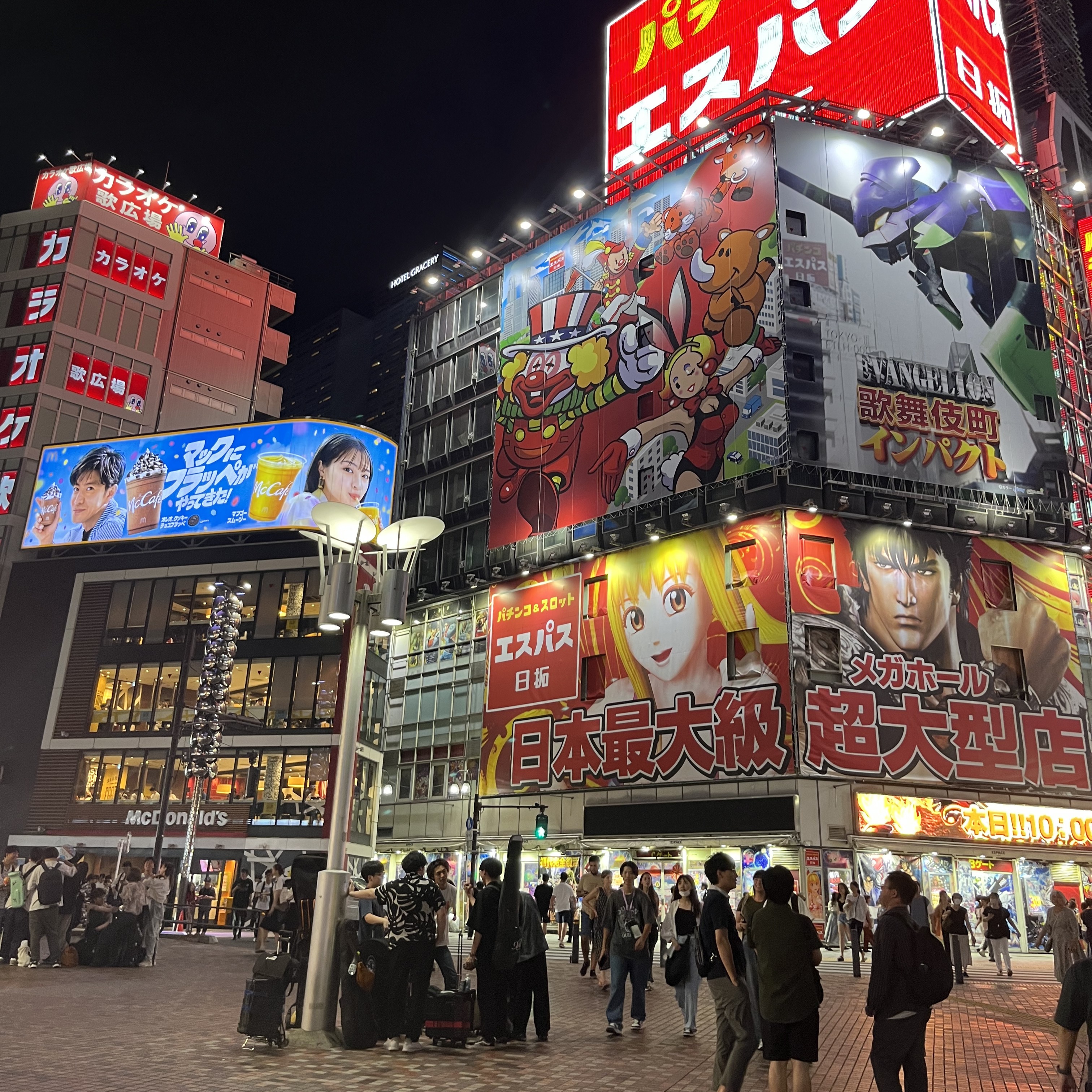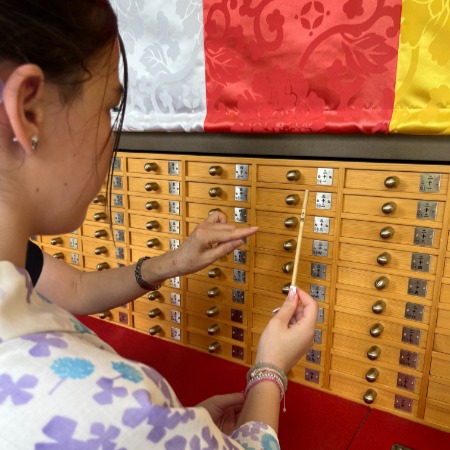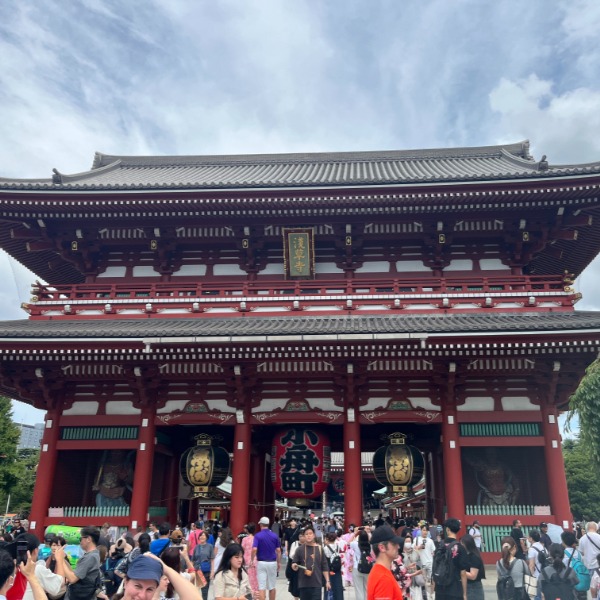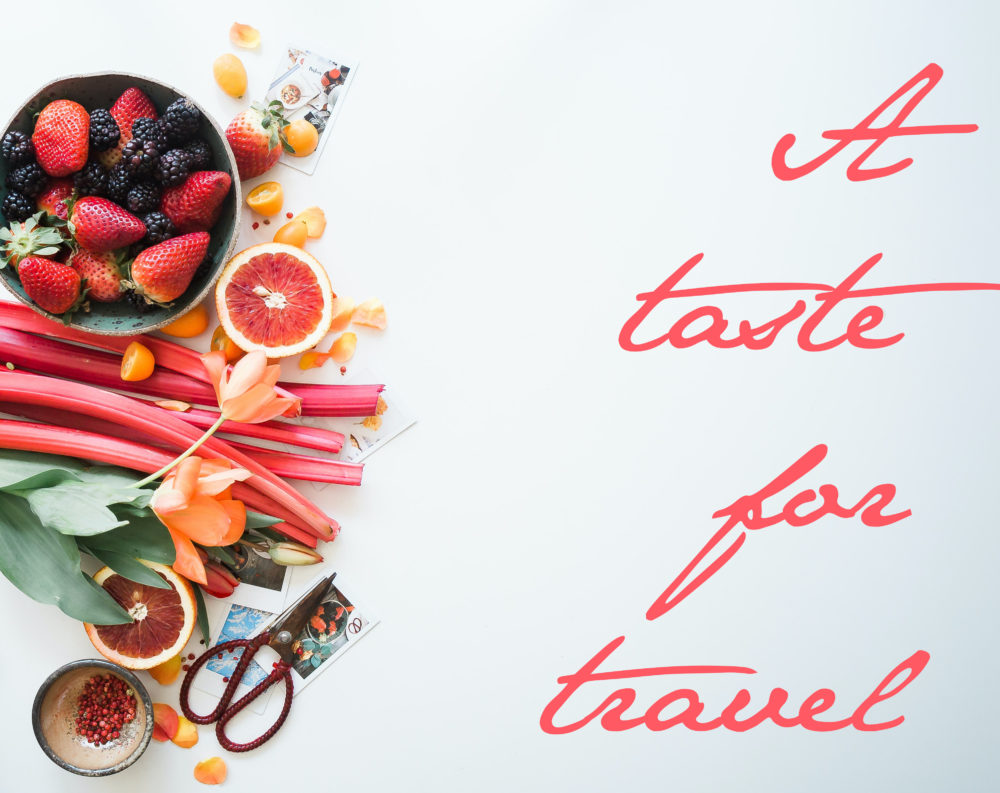Even a short trip to this mesmerizing city made it evident that Tokyo is a must-visit offering enough to discover to justify many return flights.
Tokyo, a vibrant blend of history and innovation, stands as a unique metropolis where the old harmonizes flawlessly with the new. As first-time travellers to Asia, we braced ourselves for sensory overload, yet Tokyo surpassed all expectations. Our time in the city was full of wonder and discovery despite our limited time. Here are some of the highlights along with some tips for first-time travellers.

A family affair
Neon & Nightlife
With two teens in tow, we were not in Tokyo for the exciting nightlife, though we couldn’t resist the temptation to get a glimpse of this aspect of the city. We had asked Keijii, our guide from ToursbyLocals for a private tour of Tokyo at night. As it was our first day, we thought it would also be a good way to get our bearings. Our first stop was Tokyo Tower to take in the skyline in all of its majestic beauty. It reminded me of Paris’ Eiffel Tower in design and like the one in Paris, is one of the city’s most iconic landmarks. Standing 333 metres tall, the observation decks offer panoramic views of the city.

Tokyo Tower
The next stop on our tour was Shibuya Crossing, commonly referred to as the world’s busiest intersection. The organized chaos was mesmerizing. The best time to visit is at dusk as you see the billboards come alive. We were greeted by dazzling neon signs and enormous screens. Keijii pointed out the popular meeting point of the Hackiko Statue, named after a loyal dog who after his owner’s passing, returned to the same spot daily for nine years looking for him.

Billboards come alive at dusk
“As first-time travellers to Asia, we braced ourselves for sensory overload, yet Tokyo surpassed all expectations.”
From there, we were on to Shinjuku’s Kabukicho district where nightlife takes on a whole new meaning. The lively area is filled with bars, clubs, karaoke joints and restaurants. Don’t miss the famous, Omoide Yokocho, also known as Memory Lane or Piss Alley. The latter may not be the most attractive reference, but this narrow lane is a must and is lined with tiny, traditional eateries and izakayas (Japanese pubs). The cozy and nostalgic atmosphere draws locals and tourists alike seeking an authentic taste of Tokyo’s food culture.

With Keijii at the entrance to Memory Lane
Three hours later, Keijii bid us farewell with plenty of helpful tips for the best shopping and how to get around. The comprehensive yet well-paced tour with an exceptionally knowledgeable guide provided the perfect introduction to an amazing city.
Temple-Hopping in TOKYO
It is estimated that there are about 100,000 Shinto shrines and 80,000 Buddhist temples throughout Japan. Sensoji Temple, also known as Asakusa Kannon Temple, is Tokyo’s oldest and most significant Buddhist temple. Legend says that in the 7th century, two brothers fished a golden statue of Kannon, the goddess of mercy, out of the Sumida River, leading to the temple’s founding. Kaminarimon, the temple’s main gate features a massive red lantern. Walk through the gate and you will find, Nakamise-dori, a bustling street lined with shops selling traditional snacks and souvenirs. Once you pass through the second gate, you will find beautiful architecture and cultural artifacts. The atmosphere is perfect for peaceful prayer and contemplation. When you leave the temple, for a small fee you can get a prediction of your future on things like health, love, or career.

Receive a prediction of your future on things like health, love, or career
Shake a container filled with sticks until one stick comes out. Each stick has a number corresponding to a drawer. Inside the drawer you will find your “omikuji,” the small strip of paper with your prediction. If you receive a favourable one, you can take it home as a souvenir, but if it is unfavourable (like the one I drew), superstition says if you tie it to one of the designated areas, you will leave your bad luck behind.

Sensoji Temple in Tokyo
Fashion: Where the Past & Present Coexist
It is very common to see individuals dressed in traditional kimono or yukata alongside those in fashion-forward street styles. The city also hosts high-end fashion districts like Ginza and Omotesando where you can find luxury designer brands. I was most interested in introducing my teen daughters to Japanese traditions, so we booked a kimono experience. Upon seeing our itinerary they initially resisted, but ended up stating it was one of the most memorable parts of our visit. The kimono is a traditional Japanese garment known for its distinctive T-shaped form and elegant, intricate designs. It holds deep cultural significance and has been worn in Japan for centuries.
The process of wearing a kimono is complex as we soon learned at the kimono house as local women assisted us in choosing our kimono for the day (we had arranged a rental but they are also available for purchase) then after we put on the special undergarments, they expertly wrapped us in our kimono, securing it with a complimenting obi (sash) of our choosing. Our ensembles were complemented by a beautiful hairstyle adorned with kanzashi (decorative clips). While less commonly worn in daily life today, the kimono remains an important symbol of Japanese tradition and we gained a deep appreciation for the garment’s craftmanship and ties to Japan’s history by getting a chance to wear one for the day.

The kimono remains an important symbol of Japanese tradition
Modern-Day Warriors: The Sport of Sumo
Sumo is more than just a sport in Japan; it embodies an ancient cultural heritage that spans centuries. This competitive wrestling spectacle pits “rikishi,” or wrestlers, against each other within a circular ring known as a “dohyo.” Their objective is to push the opponent out of the ring or make them touch the ground with anybody part other than their feet. Rooted in Shinto rituals and ceremonies, we gained firsthand insights into this revered tradition when graciously invited into a sumo stable—an arena where wrestlers not only train but live their disciplined lives. They must uphold strict customs, from their attire (the distinctive loincloth-like belts known as “mawashi”) to their meticulously structured training, diets and lifestyle under the guidance of their stable master.

Sumo embodies an ancient cultural heritage that spans centuries
Kneeling respectfully on zabuton floor cushions, our guide facilitated conversations with Ajigawa master (real name Ryuji Suginomori, wrestling as Aminishiki), illuminating the intricate facets of this way of life. Within Japan, sumo wrestlers are hailed as modern-day heroes. Ajigawa master, who retired from the sport in 2019 to establish his own stable, holds the third-highest record for appearances in the ring. His demeanour was both gentle in sharing his life journey and authoritative as he directed the rikishi during their rigorous training sessions.

Sumo wrestlers are hailed as modern-day heroes
Futuristic Art at TeamLab
There is no shortage of art galleries and museums in Tokyo, but when I heard about TeamLab I had to include it in our list of things to do. This immersive digital art museum offers visitors a unique and interactive experience merging art, technology and creativity. This is one experience you have to see to believe. Wading through water and traversing darkened spaces illuminated by breathtaking digital projections, I wondered where reality ends and art begins. The artwork is everchanging as it interacts with people and is never the same twice.

TeamLab Planets display in Tokyo
An Animated Indulgence
You could spend days exploring Tokyo with a list of famous streets as your guide. Our adventure took us back to Harajuku by day to take in the kaleidoscope of colours, sounds and styles of Takeshita Street where every step unveils a new facet of Japan’s eclectic youth culture. It’s a vibrant thoroughfare of quirky boutiques offering a fascinating mix of avant-garde fashion, whimsical accessories and character-themed merchandise. Self-expression reigns supreme here and tantalizing scents of sweet and savory delights tempt the senses—ever heard of rainbow cheese? And yes, pet cafes are the real deal, where coffee comes with a side of furry friends, be it dogs, cats, or miniature pigs. Don’t miss out on capturing photos of the vivid hues and eclectic scenes of this street. For Anime and Manga enthusiasts, a pilgrimage to Akihabara district promises endless stores dedicated to electronics, anime, and Manga.

Entrance to Takeshita street
Mata Kimasu
Tokyo is a city of endless exploration, where every street corner reveals a new facet of Japan’s rich culture and history. Whether you’re captivated by the neon lights of Shinjuku or the tradition of sumo, Tokyo will leave an indelible mark on your heart and the curious child inside you. One trip to Tokyo is never enough. Mata Kimasu means “I’ll be back”–and I will.
HELPFUL TIPS & ADVICE FOR ANY TRIP TO TOKYO:
ARRIVAL
Both Narita and Haneda International Airports are well-connected to the city centre by efficient transportation networks. Make sure you buy the Japan Rail pass. It can be used to take the train from the airport to the city as well as travelling throughout Japan.
GETTING AROUND
Tokyo Metro and Toei Subway networks will be your primary modes of transportation within the city. Consider purchasing a PASMO Passport which can be used on trains, buses, and even for small purchases at convenience stores.
LANGUAGE & ETIQUETTE
While many Tokyoites understand basic English, learning a few Japanese phrases can go a long way in enhancing your experience. Google Translate is a big help and as not all restaurants have English-speaking staff, you will be doing a lot of pointing to pictures on the menus provided. Remember to bow when appropriate and remove your shoes when entering traditional establishments.
It’s also important to note that trash cans are few and far between. Citizens are responsible for their garbage and take it home with them. Carry a bag with you or look for a fast food restaurant where you can dispose of it.
HIRE A LOCAL GUIDE- KEEP IT SIMPLE!
Although the city is friendly and safe, the sheer size and population can be overwhelming.The amount of time saved by having an expert guide you is worth the money. As on many of my international trips, I consulted ToursByLocals.com to find the perfect match. In several years of using this company, it has always exceeded my expectations, providing excellent care, knowledge and most importantly catering a private tour that includes exactly what we are looking for. ToursbyLocals.com
EXPLORE WITHIN EASY REACH
There are many places to visit within easy reach from Tokyo, especially when using the Shinkansen (bullet train) accessible with your Japan Rail Pass and one of my bucket list experiences.

Kojo at the Fushimi Inari Shrine
We chose to make an unforgettable two-hour trip to Kyoto. Despite a tight timeline, Kojo, our guide arranged by ToursByLocals introduced us to this ancient city and did his best to get in all of the highlights. We walked over 20,000 steps seeing the sites, from the vibrant geisha district of Gion to the exquisite beauty of Kinkaku-ji’s golden pavilion, then on to the Monkey Park, Bamboo Forest and the famous Fushimi Inari Shrine, where 10,000 closely packed vermillion torii gates are dedicated to the patron deity of agriculture and commerce. Each step through the historic streets of Kyoto feels like a passage through time and was a truly unforgettable part of our trip.

The sun peaks through Bamboo Forest in Tokyo

Monkey Park
SPECIAL THANKS
A special thanks goes out to Tokyo Convention and Visitors Bureau for making many of my arrangements as well as providing a media coordinator/translator for our second day in Tokyo. Junko was invaluable to our trip. When we were on our own we found ourselves asking, “What would Junko do?”

Saying goodbye to Junko
Consult GoTokyo.org for lots of helpful information to plan your visit.
Tammy Cecco
Latest posts by Tammy Cecco (see all)
- Tokyo for the First Timer - December 19, 2023
- Club Med Martinique: Buccaneer’s Creek - December 19, 2023
- Fairmont Mayakoba Has Never Been Better - December 18, 2023
- An Upscale Adults-Only Escape Unveiled - November 12, 2023
- Beachside Bonding Bajan Style in Barbados - July 7, 2023











No Responses to “Tokyo for the First Timer”